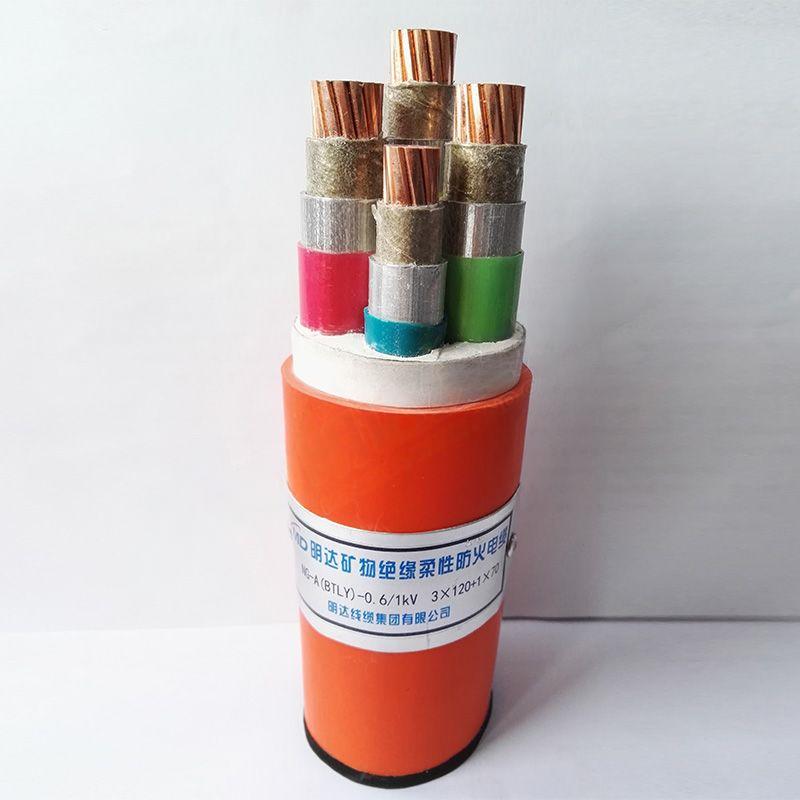Dùbh . 03, 2024 23:22 Back to list
Understanding the Functionality of a Non-Return Ball Valve
Understanding Non-Return Ball Valves A Comprehensive Guide
In the world of fluid dynamics and mechanical engineering, valves play a crucial role in regulating the flow of liquids and gases. Among the various types of valves, the non-return ball valve (often referred to as a check ball valve) is a noteworthy invention. This article aims to explore the functionality, applications, and advantages of non-return ball valves in various industries.
What is a Non-Return Ball Valve?
A non-return ball valve is a type of valve that allows fluid to flow in one direction only. It is designed to prevent backflow, making it an essential component in many hydraulic and pneumatic applications. Unlike traditional valves that require manual operation, non-return ball valves operate automatically, ensuring reliable performance without the need for constant human intervention.
The structure of a non-return ball valve includes a spherical ball that fits snugly within a seat. When fluid flows in the designated direction, the ball is pushed away from the seat, allowing flow through the valve. However, if there is a reverse flow, the ball moves back into the seat, sealing the valve and preventing any backward flow.
Applications of Non-Return Ball Valves
Non-return ball valves are utilized in a wide range of industries due to their reliability and efficiency. Some common applications include
1. Water Treatment Plants These valves are crucial in ensuring that treated water does not flow back into the system, which could contaminate the supply.
2. Chemical Processing In chemical manufacturing, safeguarding processes against backflow is vital to protect equipment and maintain safety standards. Non-return ball valves keep toxic or corrosive substances confined.
3. Oil and Gas Industry Non-return ball valves help maintain pressure in pipelines, ensuring that oil or gas flows in the intended direction. This is particularly important in preventing leaks and maintaining system integrity.
non return ball valve

4. HVAC Systems In heating, ventilation, and air conditioning systems, these valves prevent backflow that could cause inefficiencies or equipment damage.
5. Food and Beverage Industry Non-return ball valves help in maintaining hygiene standards by preventing any reverse flow that might lead to contamination in food processing lines.
Advantages of Non-Return Ball Valves
There are several advantages to using non-return ball valves in various applications
- Simplicity and Ease of Use These valves have a straightforward design and require minimal maintenance. Their automatic operation reduces the risk of human error.
- Reliability Non-return ball valves provide a robust solution for preventing backflow, ensuring that systems remain fluid-tight and secure.
- Minimal Pressure Drop Unlike some other valve designs, non-return ball valves offer low resistance to flow in the allowable direction, leading to minimal pressure drop across the valve.
- Durability Manufactured from high-quality materials, non-return ball valves are built to withstand harsh conditions, chemicals, and high pressures, making them a long-lasting choice for various applications.
Conclusion
The non-return ball valve is an essential component in many fluid systems, providing safety and reliability by preventing backflow. Its simple mechanism, coupled with its wide range of applications, makes it a favored choice among engineers and industry professionals. As industries continue to evolve, the importance of effective flow control systems like non-return ball valves will only grow, contributing to greater efficiency and safety in various processes.
Share
-
Reliable Wafer Type Butterfly Valves for Every IndustryNewsJul.25,2025
-
Reliable Flow Control Begins with the Right Ball Check ValveNewsJul.25,2025
-
Precision Flow Control Starts with Quality ValvesNewsJul.25,2025
-
Industrial Flow Control ReliabilityNewsJul.25,2025
-
Engineered for Efficiency Gate Valves That Power Industrial PerformanceNewsJul.25,2025
-
Empowering Infrastructure Through Quality ManufacturingNewsJul.25,2025